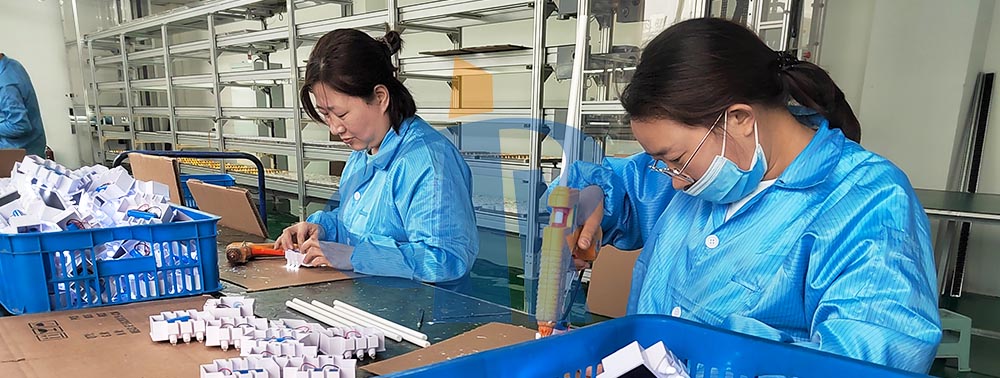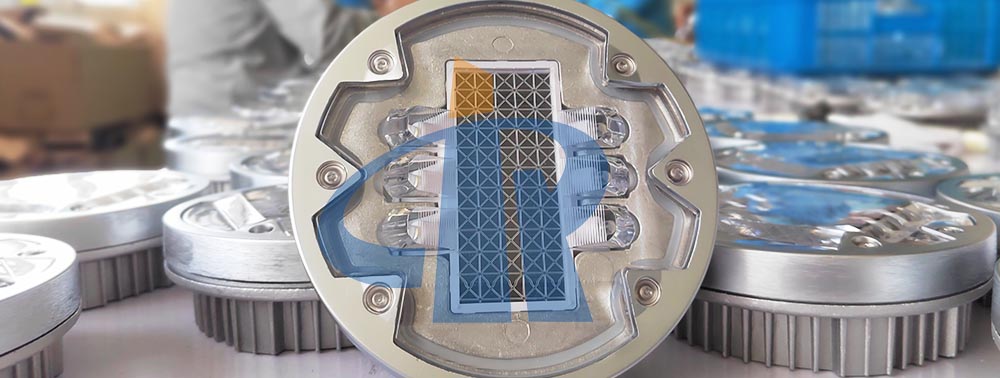Generally speaking, the
LED Solar Studs controller has a bigger problem, so the
LED Solar Studs controller needs to detect, the red light flashes to indicate that the battery is fully charged, and the
LED Solar Studs controller needs to be charged with a small current pulse. Control the yellow light to indicate that the battery has been depleted and cannot be illuminated normally. At this time, if the battery cable is disconnected and then reconnected to the battery pack, the controller detects that the battery is being charged and increases the battery capacity by one day. It is not the floating voltage of the battery.

If the voltage is greater than 12V during detection, and the voltage drops within a short time after the load is connected, it means that the battery is damaged; in addition, when the
LED Solar Studs waterproof case enters water, the positive and negative electrodes generated by the battery are short-circuited, resulting in unstable voltage. Water causes the battery to discharge too much and the voltage drops below 10V. At this time, the battery can be used normally after being charged and discharged with a normal small current. If it cannot be used normally, it needs to be replaced. It is normal for the
LED Solar Studs to turn off the lights earlier or less during cloudy and rainy days. When the battery voltage is normal, the light source can work normally.

For example, when the
LED Solar Studs is off, the positive and negative electrodes of the light source can be directly connected to the positive and negative electrodes of the battery for testing. If the light source can be bright, it means the light source is good. Yes, the controller is not powering the fixture.

Due to the poor quality of the LED chips inside the
LED Solar Studs, which leads to a large light decay, when choosing
LED Solar Studs, try to require street lamp manufacturers to choose imported LED chips. In addition, the brightness of
LED Solar Studs may be dimmed because some lamp beads inside the light source are burned. In this case, we need to consider the capacitance or resistance of
LED Solar Studs. If the
LED Solar Studs continue to flash after the lights are turned off, it may be caused by the self-inductive current generated by the
LED Solar Studs themselves. To solve this problem need to buy a 220V relay.

 For example, when the LED Solar Studs is off, the positive and negative electrodes of the light source can be directly connected to the positive and negative electrodes of the battery for testing. If the light source can be bright, it means the light source is good. Yes, the controller is not powering the fixture.
For example, when the LED Solar Studs is off, the positive and negative electrodes of the light source can be directly connected to the positive and negative electrodes of the battery for testing. If the light source can be bright, it means the light source is good. Yes, the controller is not powering the fixture.